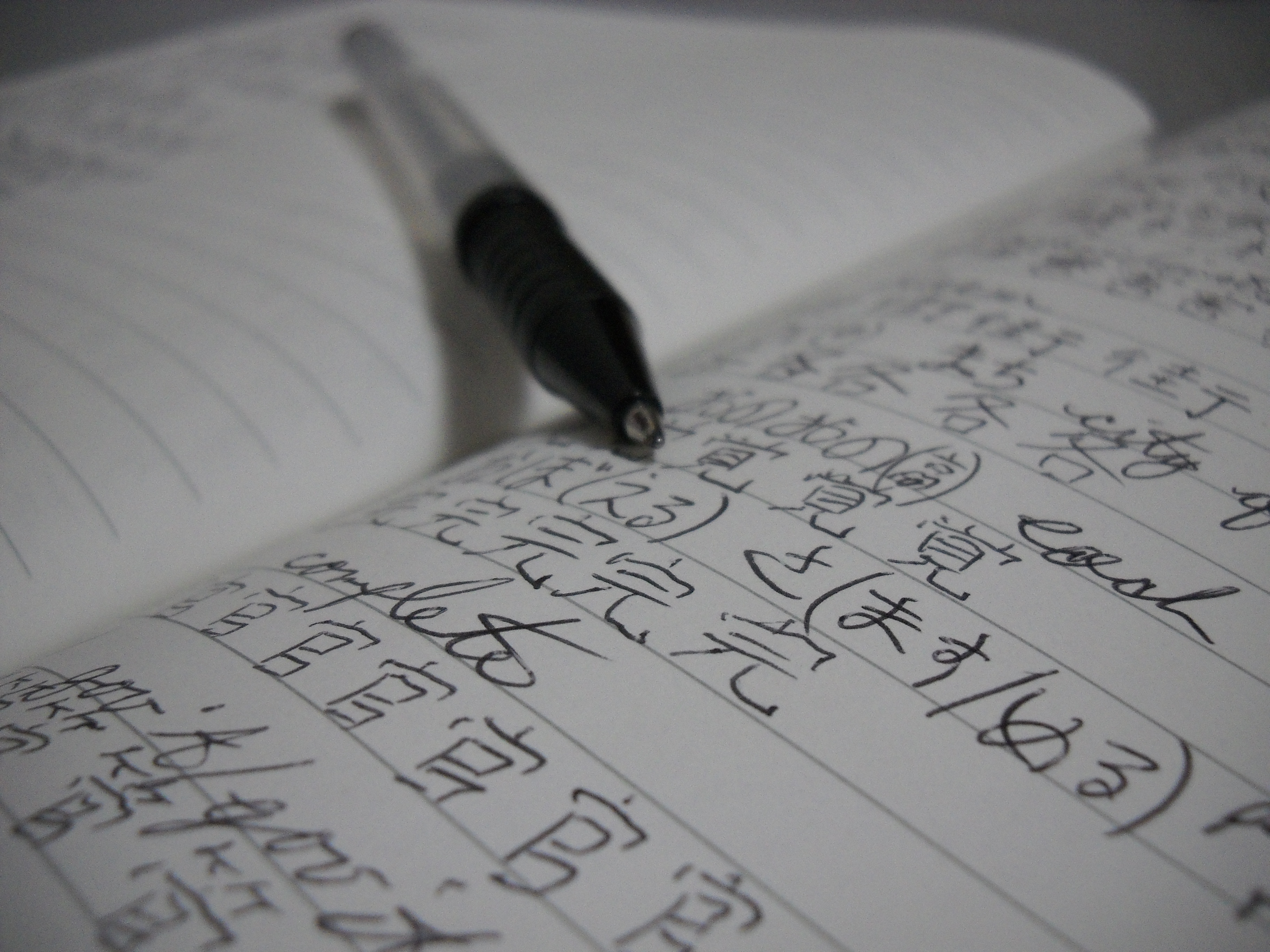 There are many ways to approach the daunting task of learning the 2,136 joyo (常用/regular use) kanji of the Japanese language. The first thing to remember is that this will be a process; there’s a reason why Japanese is ranked in the third and most difficult group of languages to learn (for native English speakers) according to the US State Department, so don’t get frustrated if you aren’t making progress as fast as you had hoped. I have tried to organize and summarize some of the most popular studying approaches to save you time once you begin your quest to learn Japanese kanji.
There are many ways to approach the daunting task of learning the 2,136 joyo (常用/regular use) kanji of the Japanese language. The first thing to remember is that this will be a process; there’s a reason why Japanese is ranked in the third and most difficult group of languages to learn (for native English speakers) according to the US State Department, so don’t get frustrated if you aren’t making progress as fast as you had hoped. I have tried to organize and summarize some of the most popular studying approaches to save you time once you begin your quest to learn Japanese kanji.
Secondly, no one way is necessarily better than the other. However, there are methods that are more suitable depending on how you use (or plan to use) Japanese in your daily life. Keep in mind your own particular study habits, and how you tend to learn the best. These are the four most common ways to tackle learning kanji based on my own experiences studying in the US and in Japan:
- By order of frequency
- The textbook
- The Japanese Way
- The Heisig Method
Before we jump in, here are some general tips on making whichever method you choose more effective:
- Read A LOT
The more you are exposed to different characters in various compounds and their situational usage, the more comfortable you will feel with the characters and the language. Japanese texts and reading passages can be found anywhere. After acquiring a base of 100-150 characters you should be ready to comprehend some simple articles. There are several news websites aimed at Japanese children that are great places to get articles like Asahi Kodomo and Yahoo Kids. Try the regular Asahi site or Yomiuri for advanced readers. Some other resources are Amazon.co.jp, your textbook (I highly recommend the Minna no Nihongo textbooks), and the library (good libraries should have a section of books in foreign languages). - Learn to Write the First 250 Characters
Each character is made of radicals and various similar components. After you learn the basic kanji and their proper stroke order you don’t need to learn how to write the rest. The more complicated characters will be made through combinations of the basic components. Stroke order is important to learn when you first begin, because not only will it help you when you begin to write more complicated kanji but it just looks funny if you write kanji in the incorrect order. It would be similar to seeing someone writing an ‘S’ in English and starting from the bottom and snaking your pencil line up. It’s good to learn how to write the basics, but beyond that you should not concern yourself too much with writing the characters unless you plan on handwriting letters in Japanese for the rest of your life. With computers and cell phones you aren’t likely to be writing the characters much, and if you do ever need to you’ll know how to write all the basic components of each character. - Know the Readings
When you learn a new kanji make sure you know ALL of the readings for that character. This will make learning new kanji compounds in the future much easier. Invest a little more time now and save yourself the headaches later on. Continue reading

